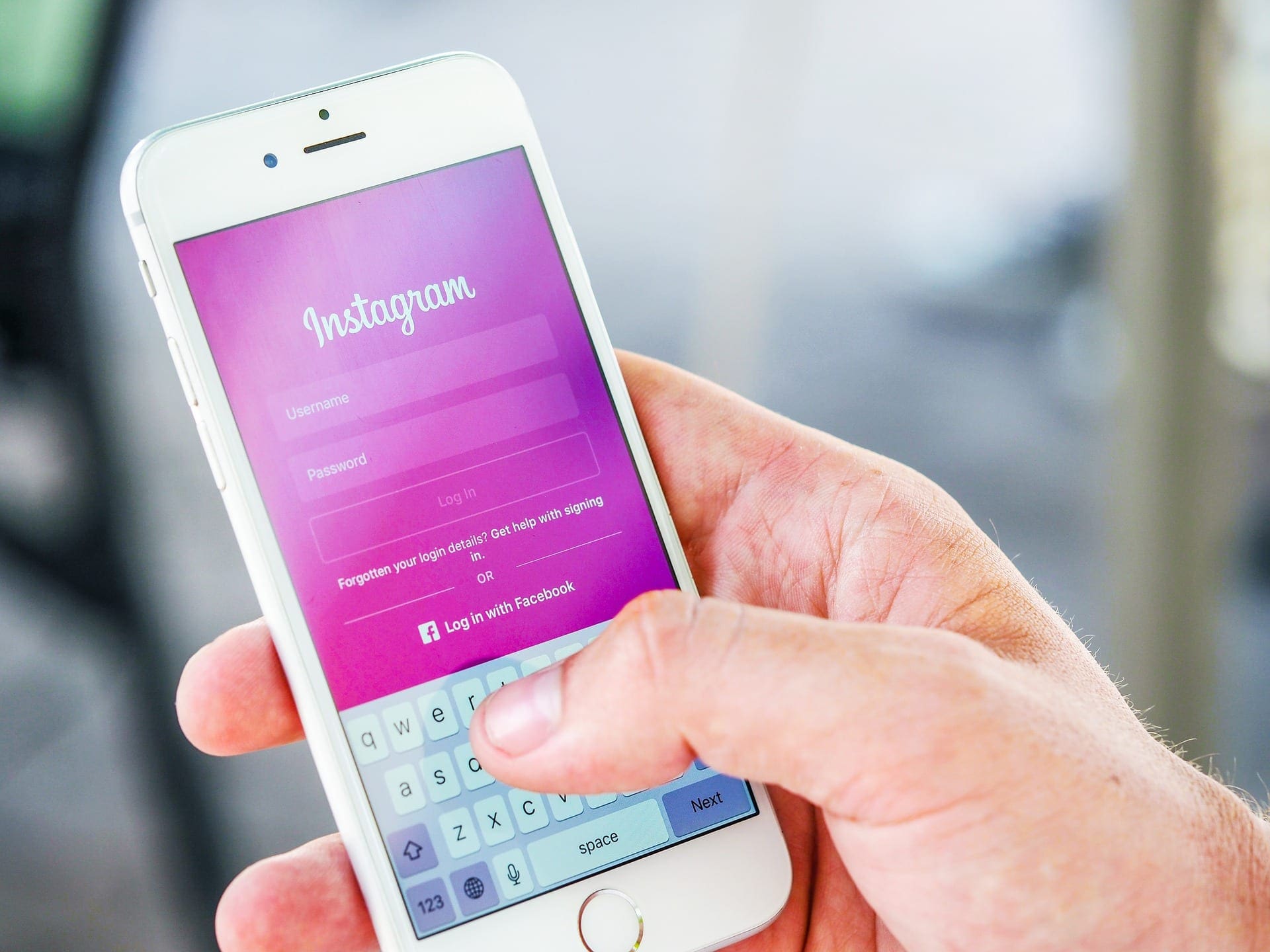
How Paid Social and Organic Social Should Work Together

As their names imply, paid social media and organic social media are two distinctly different entities. On the surface, it might seem that the two approaches are incompatible. However, JLB Works, a respected social media marketing firm serving Nashville, TN, believes the two can and should work together.
First, let’s define the two terms.
Paid social media
Paid social mirrors any other form of paid advertising. A budget is developed and paid posts (“ads”) are created and targeted to an audience. Paid social media posts have three main objectives:
- Attract prospects beyond your existing customer base
- Boost product/brand awareness
- Announce new products, special offers, breaking news, etc.
Organic social media
Organic social media posts are free in the sense that you’re not paying a fee to Facebook, Instagram, Snapchat, or another social platform. Organic posts strive to:
- Maintain a consistent dialogue with your customers/followers
- Keep your brand/product fresh in the customer’s mind
- Disseminate info, news, offers, etc.
How do they work together?
Defining their relationship is actually quite simple. Paid social media is the “engine” which produces your brand’s core messaging and distributes it to a predetermined target audience that you want to connect with. Organic social media supports this core messaging with original, consistent content so that when a prospect clicks your paid ad and is introduced to your website/blog/FB page/etc., they can easily be converted into a follower/customer.
Here’s another way to look at it: a prospect sees one of your paid social media ads on her phone.. She’s interested in learning more, so she clicks on your company’s profile. If your company has a well-developed foundation of organic social media on Instagram, Facebook, Twitter, etc., the interested party is much more likely to move from “prospect” to “customer” because everything you want her to know is there for the taking.
The extra advantage that organic social media brings to its relationship with paid social media is that the organic side has less restrictions attached (in terms of image format, word/character limits). And so it’s easy to see just how effective these two systems can work in concert, with paid social communicating the message to a target audience and organic social enhancing it with well-conceived content.
What’s at stake?
A recent survey of 3,000 people showed that 64 percent use social media as inspiration for making a purchase. This is a 13 percent increase over the same study conducted the previous year. And here’s another important stat: 40 percent of all social media users rely on what they’ve seen on various social media platforms (ads, product spotlights, reviews, etc.) when making a purchase. Both of these numbers are poised for a strong increase, so there are tremendous opportunities out there for companies who can effectively merge their paid social and organic social efforts.
A success story
The idea of creating a symbiotic relationship between paid social and organic social is all part of “community-building”, and a company called Simple Green Smoothies (SGS) is perhaps the best example of how effective community-building can be. With its dedicated approach, SGS came out of nowhere to become one of the world’s top health blogs, with a hashtag (#simplegreensmoothies) that’s been used over 50,000 times on Instagram. Check out this podcast with one of the company’s founders to learn more about their approach.
For more information on how paid social and organic social should work together, contact JLB Works. We’re a trusted social media expert near Nashville, TN that’s ready to provide you with exemplary, innovative digital marketing support.


Have A Project For Us?
Website design services & digital marketing tailored for user experience and
attracting the right traffic for you with support-that-matters!



